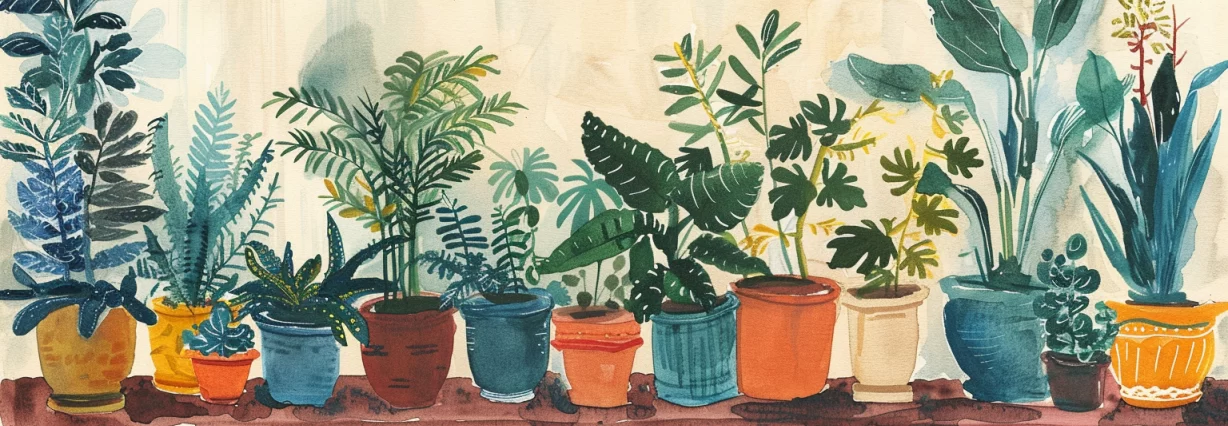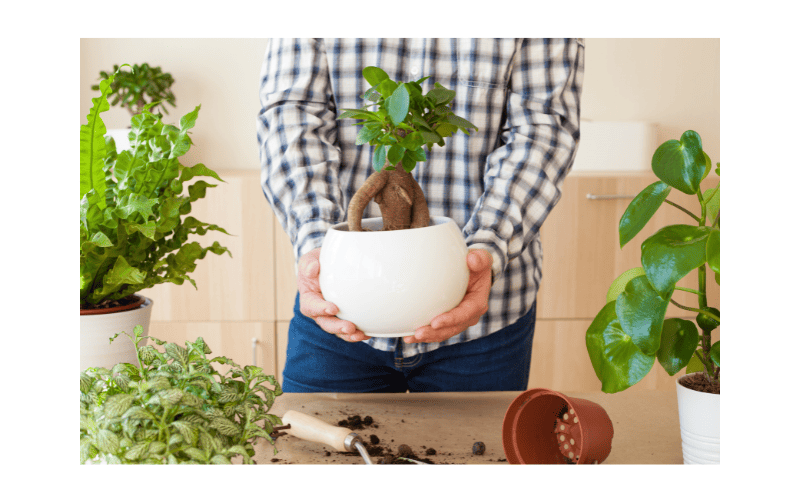Houseplants are not just decorative elements that add color and life to a room; they can also serve as natural humidifiers. Humidity levels in a home can affect one’s health and well-being, and plants can help balance the moisture in the air. The benefits of houseplants as natural humidifiers are numerous, from reducing the risk of respiratory issues to improving skin health.
Indoor air can dry, especially during winter when heating systems are in use. Dry air can cause various health problems, including dry skin, irritated eyes, and respiratory issues. Houseplants can help increase humidity levels naturally by releasing moisture into the air through transpiration. Doing so can help reduce the risk of respiratory problems, improve skin health, and prevent the spread of viruses and bacteria that thrive in dry environments. Additionally, plants can help reduce stress and improve mental health by creating a calming and relaxing environment.
Overall, houseplants can be an excellent addition to any home, not just for their aesthetic value but also for their health benefits. By serving as natural humidifiers, they can help balance the moisture in the air and provide a range of health benefits. With many options available, from peace lilies to spider plants, a houseplant is suitable for every home and every individual’s needs.
Understanding Houseplants as Natural Humidifiers
Houseplants are not only pleasing to the eye, but they also offer a range of health benefits. One of the most notable benefits is their ability to act as natural humidifiers. Humidity is the amount of moisture in the air, which is crucial in ensuring a comfortable and healthy indoor environment.
Houseplants release moisture through transpiration, where water evaporates from their leaves and stems. This process, also known as evapotranspiration, can significantly increase a room’s humidity levels. In fact, according to a study by NASA, certain houseplants can increase humidity levels by up to 5%.
Some of the best houseplants for humidifying the air include bamboo, ferns, and palms. These plants have a high transpiration rate, which releases more moisture into the air. Additionally, they are low maintenance and can thrive in various indoor conditions.
It is important to note that high humidity levels can also lead to the growth of mold and other harmful bacteria. Therefore, it is essential to maintain a balance and not overwater the plants. Keeping humidity levels between 40% and 60% is recommended for optimal health benefits.
In summary, houseplants can act as natural humidifiers and provide various health benefits, including reducing dry skin, respiratory health, and infection risk. Individuals can create a comfortable and healthy indoor environment by choosing the right plants and maintaining proper humidity levels.
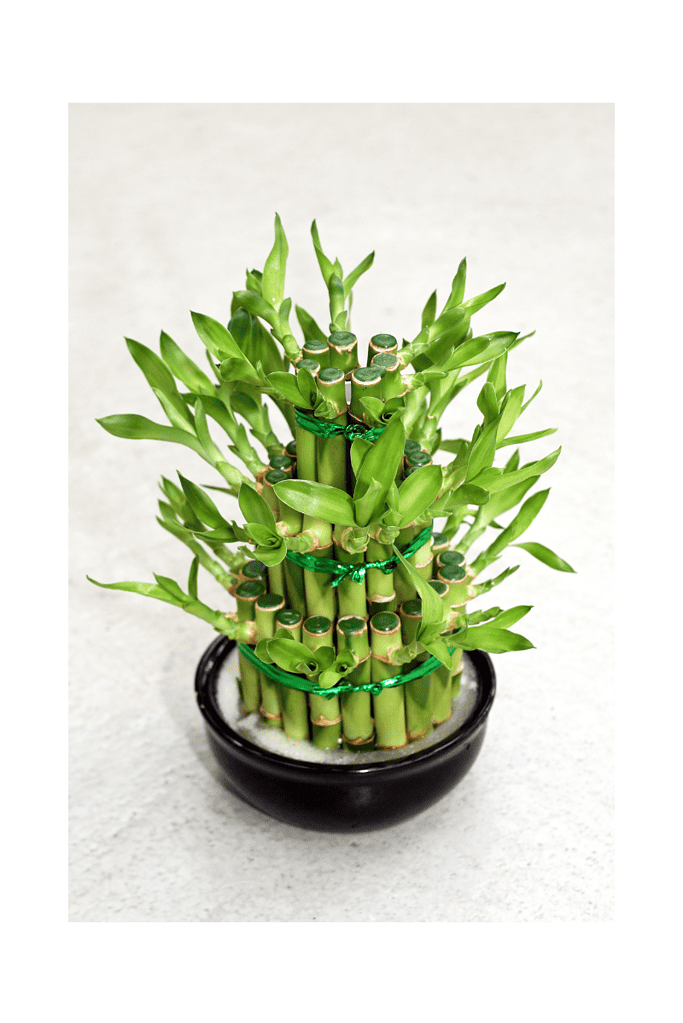
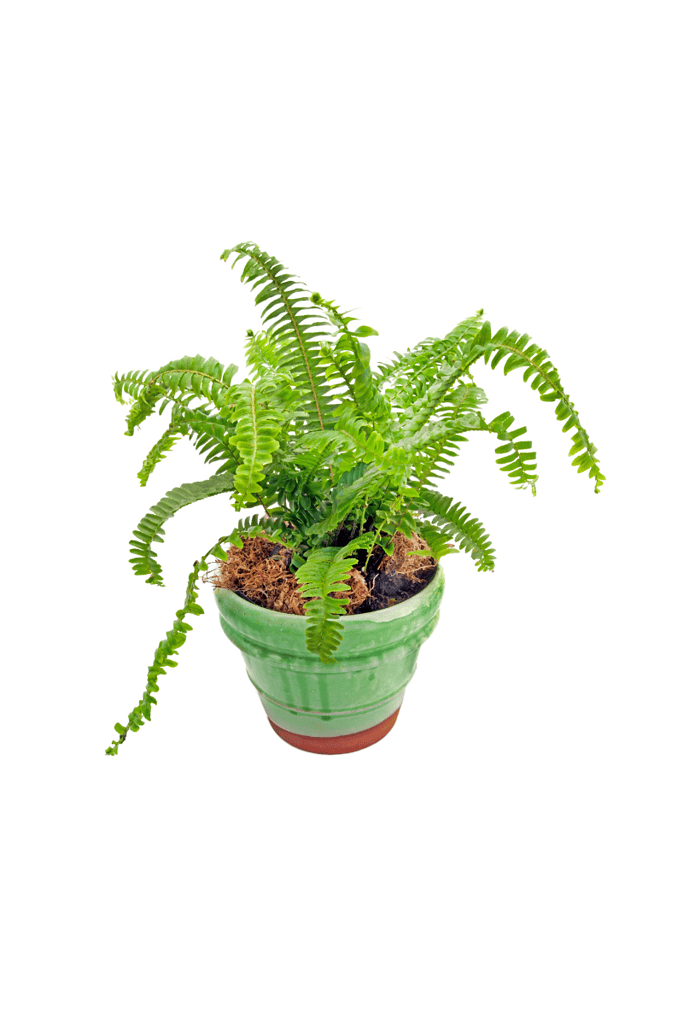
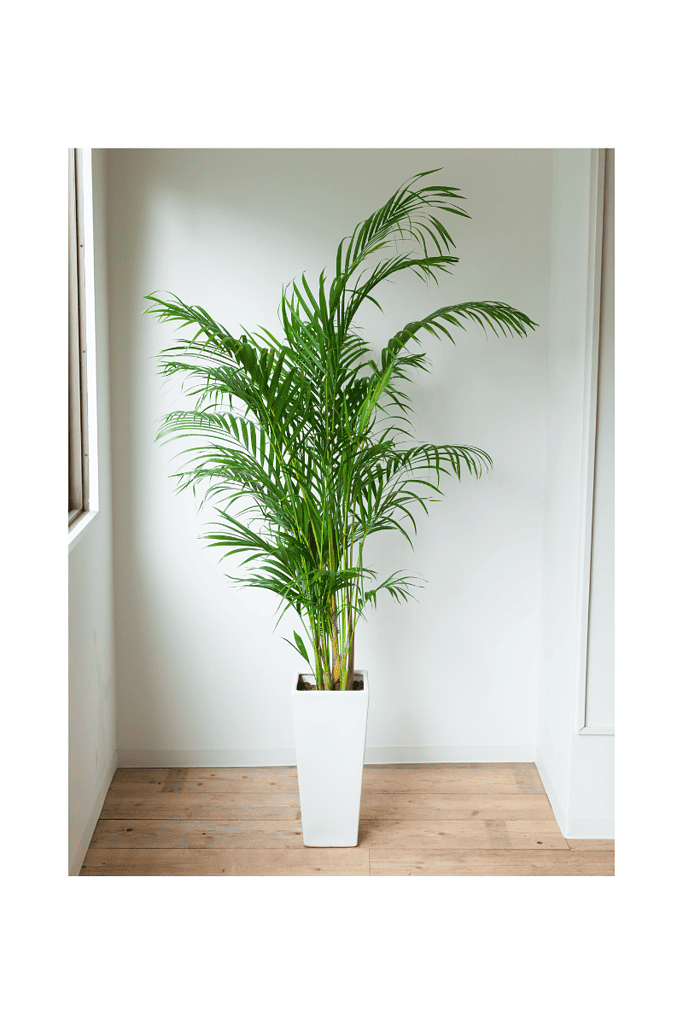
Popular Houseplants for Humidity
Houseplants not only add beauty to your home but also help to improve the air quality by acting as natural humidifiers. Here are some of the most popular houseplants that can help increase humidity levels in your home.
Spider Plant
Spider plants are easy to care for and are known for their ability to purify the air. They can also help to increase humidity levels in your home. These plants thrive in bright, indirect light and only need to be watered once a week.
English Ivy
English Ivy is a beautiful plant that can help increase your home’s humidity levels. These plants can be grown in various lighting conditions and only need to be watered once a week.
Boston Fern
Boston Ferns are known for increasing humidity levels in your home. These plants thrive in bright, indirect light and must be watered frequently to moisten the soil.
Peace Lily
Peace Lilies are beautiful plants that can help increase your home’s humidity levels. They thrive in low to medium light and must only be watered once a week.
Aloe
Aloe plants are known for their ability to purify the air and increase humidity levels in your home. These plants thrive in bright, indirect light and only need to be watered once a week.
Snake Plant
Snake plants are low-maintenance and can grow in a variety of lighting conditions. They are also great for increasing humidity levels in your home. Snake plants only need to be watered once every two weeks.
Golden Pothos
Golden Pothos plants are low-maintenance and can grow in various lighting conditions. They are also great for increasing humidity levels in your home. Golden Pothos plants only need to be watered once a week.
Jade Plant
Jade plants are easy to care for and can grow in various lighting conditions. They are also great for increasing humidity levels in your home. Jade plants only need to be watered once every two weeks.
Rubber Plant
Rubber plants are known for their ability to purify the air and increase humidity levels in your home. These plants thrive in bright, indirect light and only need to be watered once a week.
Bamboo Palm
Bamboo palms are beautiful plants that can help increase your home’s humidity levels. They thrive in bright, indirect light and only need to be watered once a week.
Chinese Evergreen
Chinese Evergreens are low-maintenance and can grow in a variety of lighting conditions. They are also great for increasing humidity levels in your home. Chinese Evergreens only need to be watered once a week.
Areca Palm
Areca palms are beautiful plants that can help increase your home’s humidity levels. They thrive in bright, indirect light and only need to be watered once a week.
Lady Palm
Lady palms are low-maintenance and can grow in a variety of lighting conditions. They are also great for increasing humidity levels in your home. Lady palms only need to be watered once a week.
Orchid
Orchids are beautiful plants that can help increase your home’s humidity levels. They thrive in bright, indirect light and only need to be watered once a week.
Dieffenbachia
Dieffenbachia plants are known for their ability to purify the air and increase humidity levels in your home. These plants thrive in bright, indirect light and only need to be watered once a week.
Monstera Deliciosa
Monstera Deliciosa plants are beautiful and can help increase your home’s humidity levels. These plants thrive in bright, indirect light and only need to be watered once a week.
Lavender
Lavender plants are known for their ability to purify the air and increase humidity levels in your home. These plants thrive in bright, indirect light and only need to be watered once a week.
Bromeliads
Bromeliads are beautiful plants that can help increase your home’s humidity levels. They thrive in bright, indirect light and only need to be watered once a week.
Dragon Tree
Dragon trees are low-maintenance and can grow in a variety of lighting conditions. They are also great for increasing humidity levels in your home. Dragon trees only need to be watered once a week.
African Violet
African violets are beautiful plants that can help increase your home’s humidity levels. They thrive in bright, indirect light and only need to be watered once a week.
Health Benefits of Houseplants
Houseplants are a great way to add a touch of greenery to your home or office and provide a range of health benefits. Here are some of how houseplants can improve your overall well-being:
Improves Air Quality
Houseplants can help to improve the air quality in your home or office by removing harmful toxins and volatile organic compounds (VOCs) from the air. Some of the most effective air-purifying plants include the spider, peace lily, and Epipremnum aureum (devil’s ivy).
Reduces Stress Levels
Research has shown that having plants in your environment can help to reduce stress levels and lower your heart rate. This can lead to reduced cortisol (the hormone associated with stress) and increased happiness and relaxation.
Boosts Mood
In addition to reducing stress levels, houseplants can help boost your mood and enhance your overall well-being. This is believed to be due to the increased oxygen levels, reduced carbon dioxide levels in the air, and the visual appeal of having plants around.
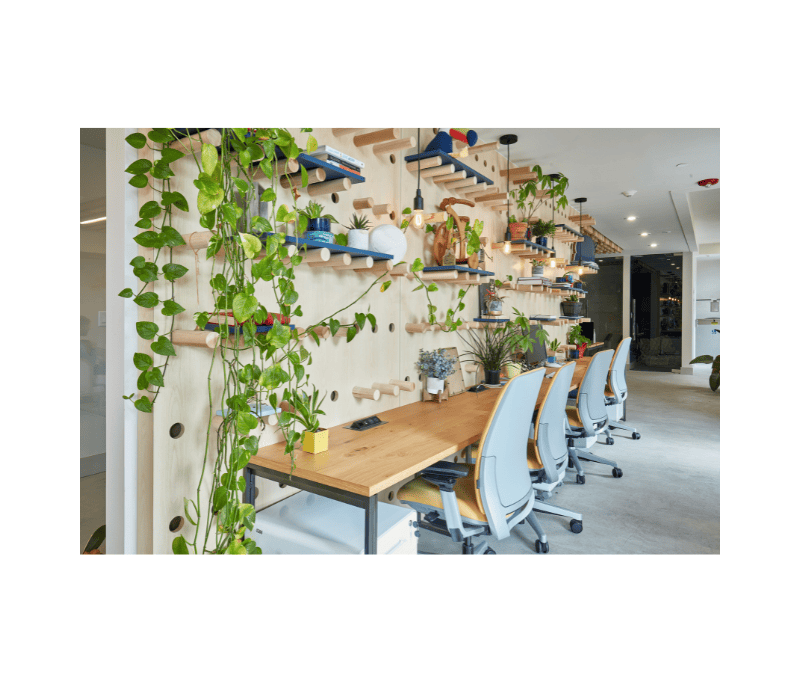
Enhances Concentration and Productivity
Having plants in your workspace can help to improve your concentration, productivity, and creativity. This is because plants can help to reduce mental fatigue and increase your ability to concentrate and focus on tasks.
Lowers Blood Pressure
Research has also shown that having plants in your environment can help to lower your blood pressure. This is believed to be due to the calming effect of plants, which can help to reduce anxiety and promote relaxation.
Alleviates Symptoms of Depression
Houseplants can also be beneficial for those who suffer from depression or other mental health conditions. Research has shown that having plants in your environment can help to reduce symptoms of depression and improve overall mood.
In summary, houseplants can provide a range of health benefits, including improved air quality, reduced stress levels, boosted mood, enhanced concentration and productivity, lowered blood pressure, and alleviated symptoms of depression. Adding a few plants to your home or office can be a simple and effective way to improve your overall well-being.
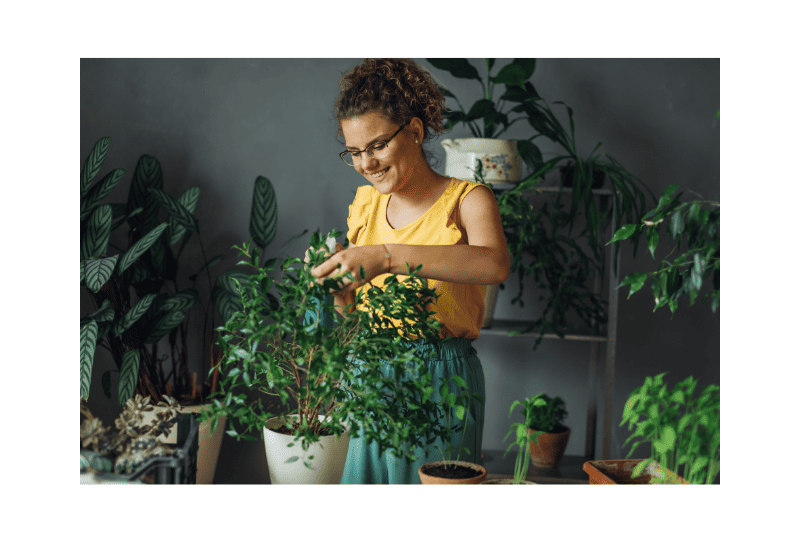
NASA’s Study on Houseplants and Indoor Air Quality
In 1989, NASA conducted a study on the effects of houseplants on indoor air quality. The study aimed to investigate the natural filtering properties of plants and their ability to remove volatile organic compounds (VOCs) from indoor air.
The study found that certain common indoor plants, such as English Ivy and Peace Lily, can remove toxic agents from indoor air. These plants were found to be effective in removing formaldehyde, benzene, and trichloroethylene from the air, which are known to be harmful to human health.
NASA’s study also revealed that indoor air can be up to 30 times more toxic than outdoor air. This is because indoor air is often trapped and recirculated, leading to a buildup of pollutants. Houseplants can help to reduce the concentration of these pollutants and improve indoor air quality.
The study recommended the use of 15 to 18 houseplants in 6 to 8-inch diameter containers for an 1800-square-foot home. This ratio was found to be effective in reducing the concentration of indoor air pollutants.
Overall, NASA’s study highlights the importance of indoor air quality and the role that houseplants can play in improving it. By selecting the right plants and using them in the correct ratio, homeowners can enjoy the health benefits of cleaner air in their homes.
Caring for Your Houseplants
Caring for your houseplants is crucial for their health and the benefits they provide as natural humidifiers. Here are a few tips to keep your plants thriving:
Choose the Right Pot
Choosing the right pot is essential for your houseplants’ health. Make sure the pot has drainage holes to prevent water from accumulating and causing root rot. Additionally, the pot should be the right size for your plant, allowing room for growth without being too big.
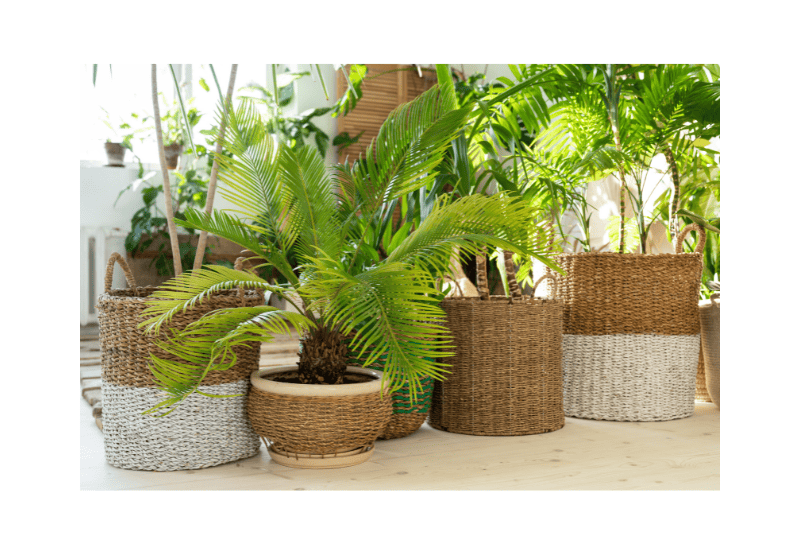
Watering
Watering your houseplants is essential to keep them healthy and humidifying the air. Overwatering can cause root rot, while under-watering can lead to dry soil and leaves. It’s best to water your plants when the soil is dry to the touch, usually once a week. However, the frequency of watering may vary depending on the plant and its environment.
Soil
Choosing the right soil is crucial for your houseplants’ health. Use a well-draining soil mix that allows air to circulate around the roots and prevents water from accumulating. You can also add perlite or sand to the soil mix to improve drainage.
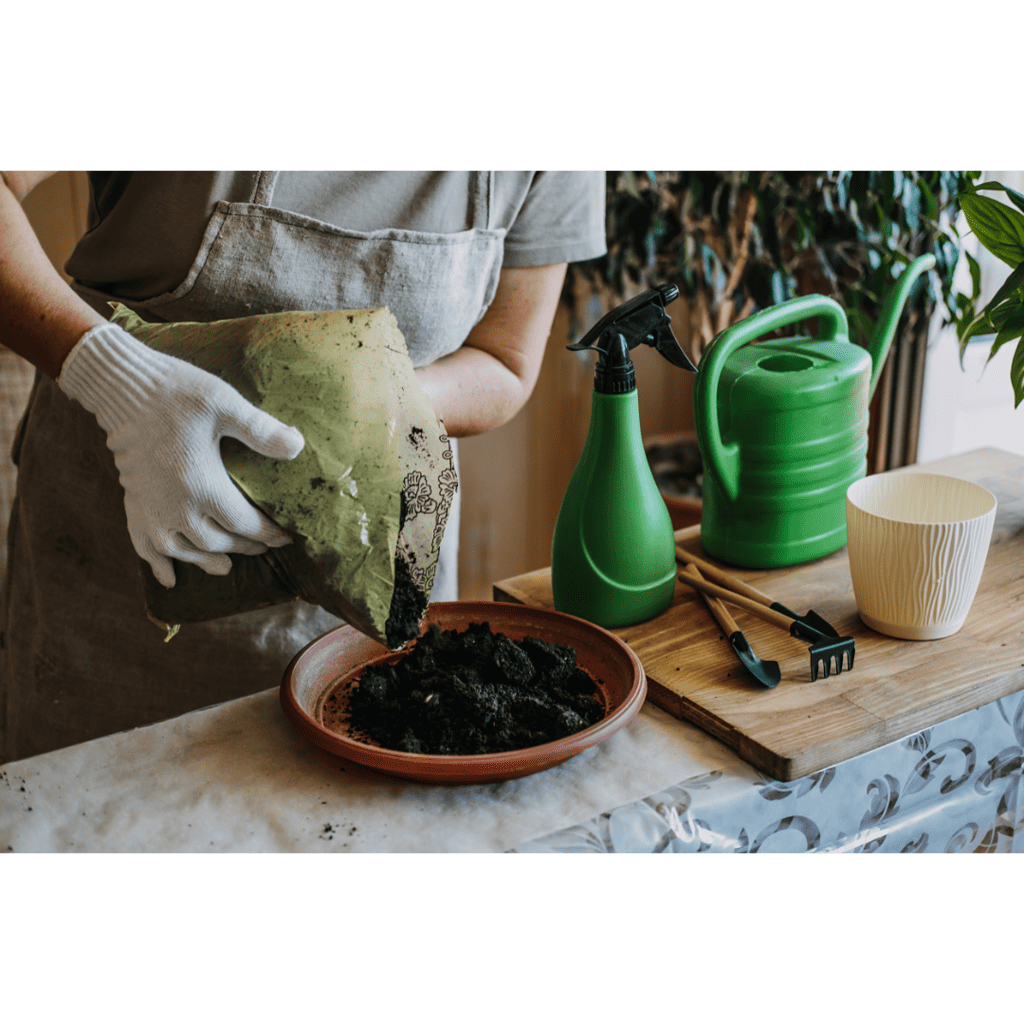
Light
Houseplants need the right amount of light to thrive. Some plants require direct sunlight, while others prefer indirect sunlight. Place your plants in a location that provides the right amount of light for their specific needs.
Dust and Pollen
Dust and pollen can accumulate on your houseplants’ leaves and affect their ability to humidify the air. Wipe the leaves with a damp cloth regularly to remove any dust or pollen.
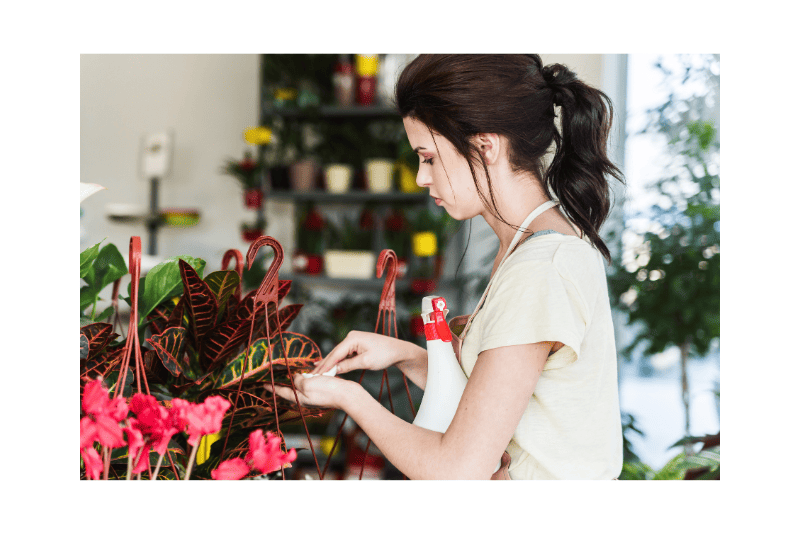
Fertilizer
Fertilizing your houseplants can help them grow and thrive. Use a balanced fertilizer and follow the instructions on the package. Over-fertilizing can damage your plants, so it’s essential to use the right amount.
By following these tips, you can keep your houseplants healthy and enjoy the benefits of natural humidifiers.
Potential Risks and Considerations
While houseplants can be a great way to naturally increase humidity levels in a home, there are some potential risks and considerations to keep in mind.
One concern is the potential toxicity of certain plants, especially for pets. The ASPCA maintains a list of plants that are toxic to dogs and cats, including many popular indoor plants such as lilies and philodendrons. It is important to research any new plants before bringing them into a home with pets and to keep toxic plants out of reach.
Another consideration is the potential for mold growth in overly humid environments. While houseplants can help increase humidity, they can also contribute to excess moisture in the air if not properly maintained. It is important to monitor humidity levels and ensure proper ventilation to prevent mold growth.
In addition, houseplants can also contribute to indoor allergens. Mold spores, dust, and other allergens can collect on plant leaves and in the soil, potentially exacerbating allergies or respiratory issues. Regular cleaning and maintenance can help minimize allergen buildup.
Overall, while there are some potential risks and considerations to keep in mind, houseplants can be a great natural way to increase humidity levels in a home. By choosing non-toxic plants and properly maintaining them, it is possible to reap the health benefits of increased humidity without any negative side effects.
Houseplants in Different Settings
Houseplants are not only beautiful, but they also provide numerous health benefits, including acting as natural humidifiers. In different settings, such as offices, classrooms, and hospitals, plants can help improve the air quality by adding moisture to the air.
Offices
Offices are often air-conditioned, which can lead to dry air that can cause health issues such as dry skin, sore throats, and respiratory problems. By placing houseplants in the office, the air can be naturally humidified, making it more comfortable for employees to work in. Additionally, plants can help reduce stress, boost productivity, and improve overall well-being.
Classrooms
Classrooms can also benefit from the presence of houseplants. Dry air can lead to students feeling uncomfortable, which can affect their ability to concentrate and learn. Plants can help create a more comfortable learning environment by adding moisture to the air, which can also help reduce the spread of germs.

Hospitals
Hospitals are another setting where houseplants can be beneficial. In hospitals, where the air is often dry due to air conditioning and heating systems, plants can help add moisture to the air, making it more comfortable for patients and staff. Additionally, plants can help reduce stress and anxiety, which can be especially helpful for patients recovering from surgery.
In all of these settings, it is important to choose plants that are easy to care for and do not require a lot of attention. Some examples of plants that are good natural humidifiers include Golden Pothos, Dwarf Date Palm, Corn Plant, and Parlor Palm. By incorporating houseplants into different settings, the air quality can be improved, and the health benefits can be enjoyed by all.
The Impact of Houseplants on Well-being and Lifestyle
Houseplants have been shown to have a positive impact on human well-being and lifestyle. Studies have found that indoor plants can help reduce stress levels anxiety, and improve mood [1][2]. Moreover, the presence of indoor plants can help increase productivity, focus, and creativity [2].
One reason why houseplants may have these positive effects is due to photosynthesis. During photosynthesis, plants absorb carbon dioxide and release oxygen, which can improve indoor air quality and provide a fresh, oxygen-rich environment [3]. This can help improve concentration and reduce heart rate, leading to a more relaxed and focused state [1].
Different types of houseplants may have different health benefits. For example, bamboo and ferns are known for their air-purifying properties, while succulents are low-maintenance and can help improve well-being by adding a touch of green to a space [2].
In addition to their health benefits, houseplants can also serve as a decorative element in a home or office. With the rise of social media platforms like Instagram, houseplants have become a popular trend in interior design and can add a touch of personality to any space [2].
Overall, incorporating houseplants into a living or working environment can have a positive impact on well-being, productivity, and overall lifestyle.
References:
[1] Lohr, Virginia I., and Caroline H. Pearson-Mims. “Particulate matter accumulation on horizontal surfaces in interiors: influence of foliage plants.” Atmospheric Environment 35, no. 1 (2001): 161-165.
[2] Kim, Jin Kyung, and Richard H. Mattson. “Effect of workplace plants on computer task performance, physiological responses, and psychological perceptions.” HortTechnology 23, no. 3 (2013): 355-363.
[3] Wolverton, B.C. “Interior landscape plants for indoor air pollution abatement.” Final report. NASA, Stennis Space Center, MS (1989).
Frequently Asked Questions
What are the best houseplants for increasing humidity naturally?
Some of the best houseplants for increasing humidity naturally are Boston Ferns, Spider Plants, Peace Lilies, and Areca Palms. These plants are known to absorb moisture from the air and release it back into the environment, thus increasing the humidity levels in the room.
How do houseplants improve air quality?
Houseplants improve air quality by absorbing toxins and pollutants from the air and releasing oxygen back into the environment. They also help to regulate humidity levels, which can reduce the risk of respiratory problems and allergies.
Can plants act as natural humidifiers?
Yes, plants can act as natural humidifiers by absorbing moisture from the air and releasing it back into the environment through a process called transpiration. This process can help to increase the humidity levels in a room, which can be beneficial for people with respiratory problems or allergies.
What are some homemade humidifier options?
Some homemade humidifier options include placing bowls of water around the room, using a damp cloth to increase humidity, and using a spray bottle to mist the air. However, these options may not be as effective as using a humidifier or houseplants to regulate humidity levels.
Do houseplants increase oxygen in a room?
Yes, houseplants can increase oxygen levels in a room by absorbing carbon dioxide and releasing oxygen through photosynthesis. This process can help to improve air quality and promote a healthy living environment.
Is it possible to increase humidity in a room without a humidifier?
Yes, it is possible to increase humidity in a room without a humidifier by using houseplants, placing bowls of water around the room, or using a damp cloth to increase humidity. However, these options may not be as effective as using a humidifier to regulate humidity levels.

